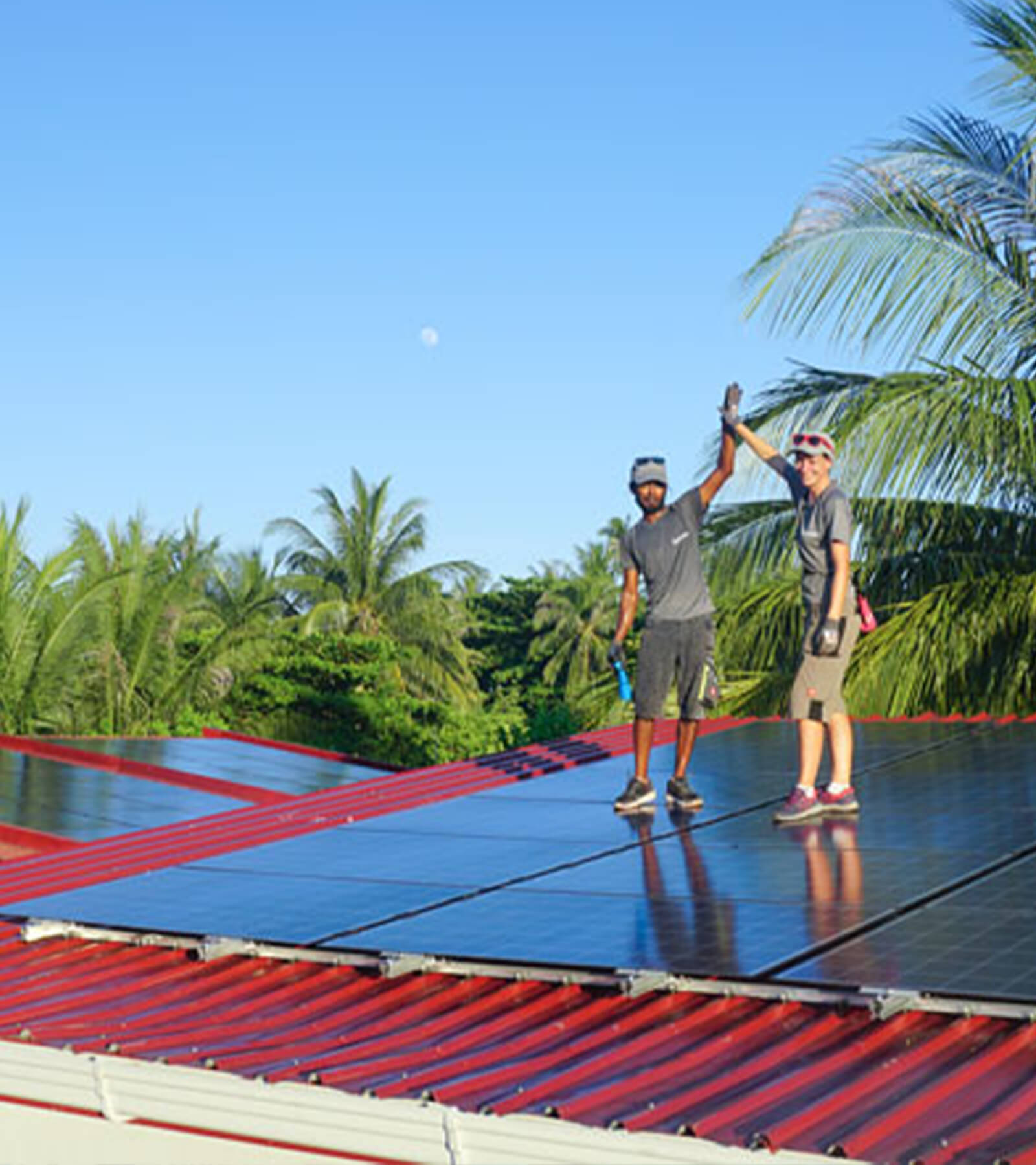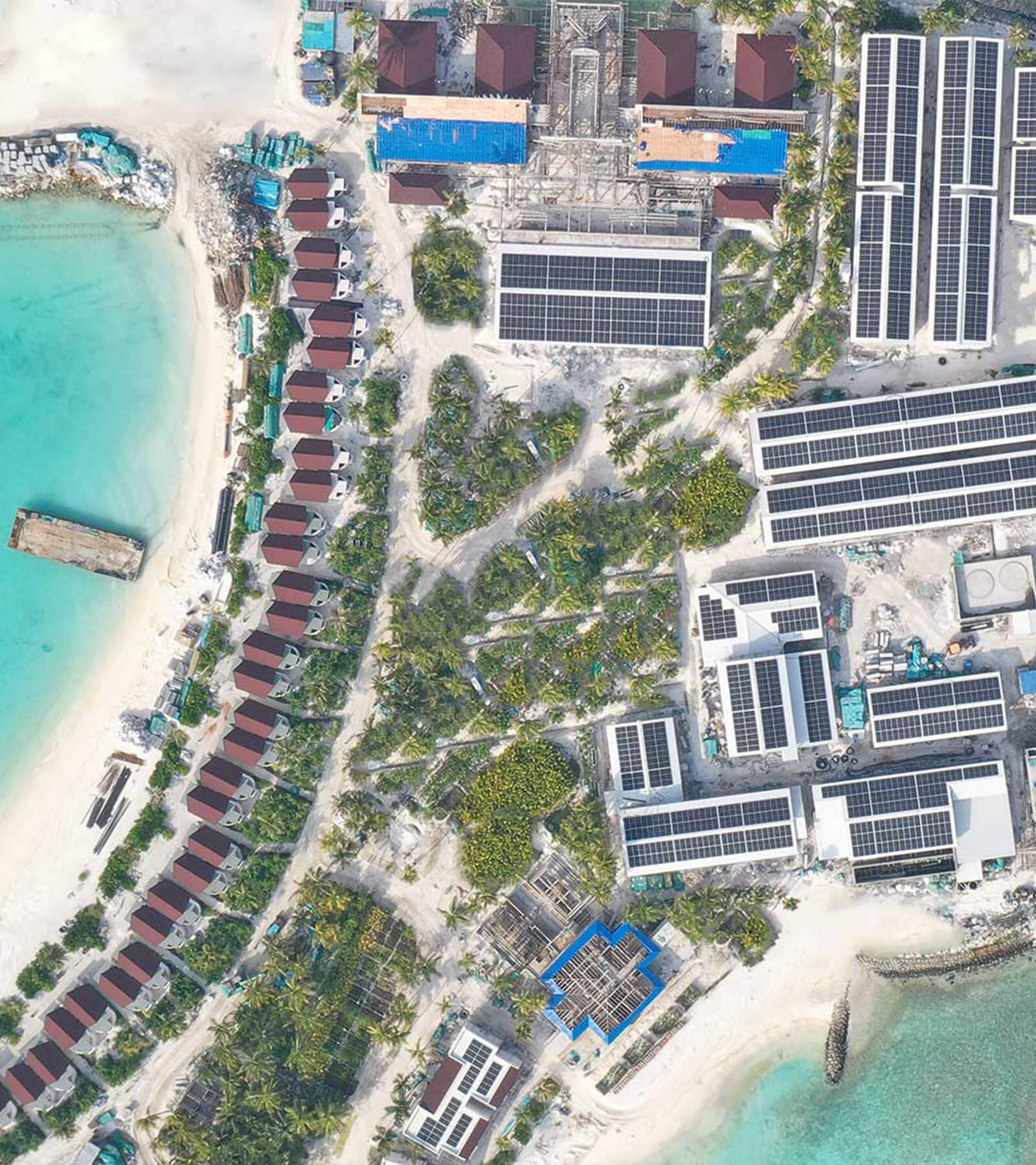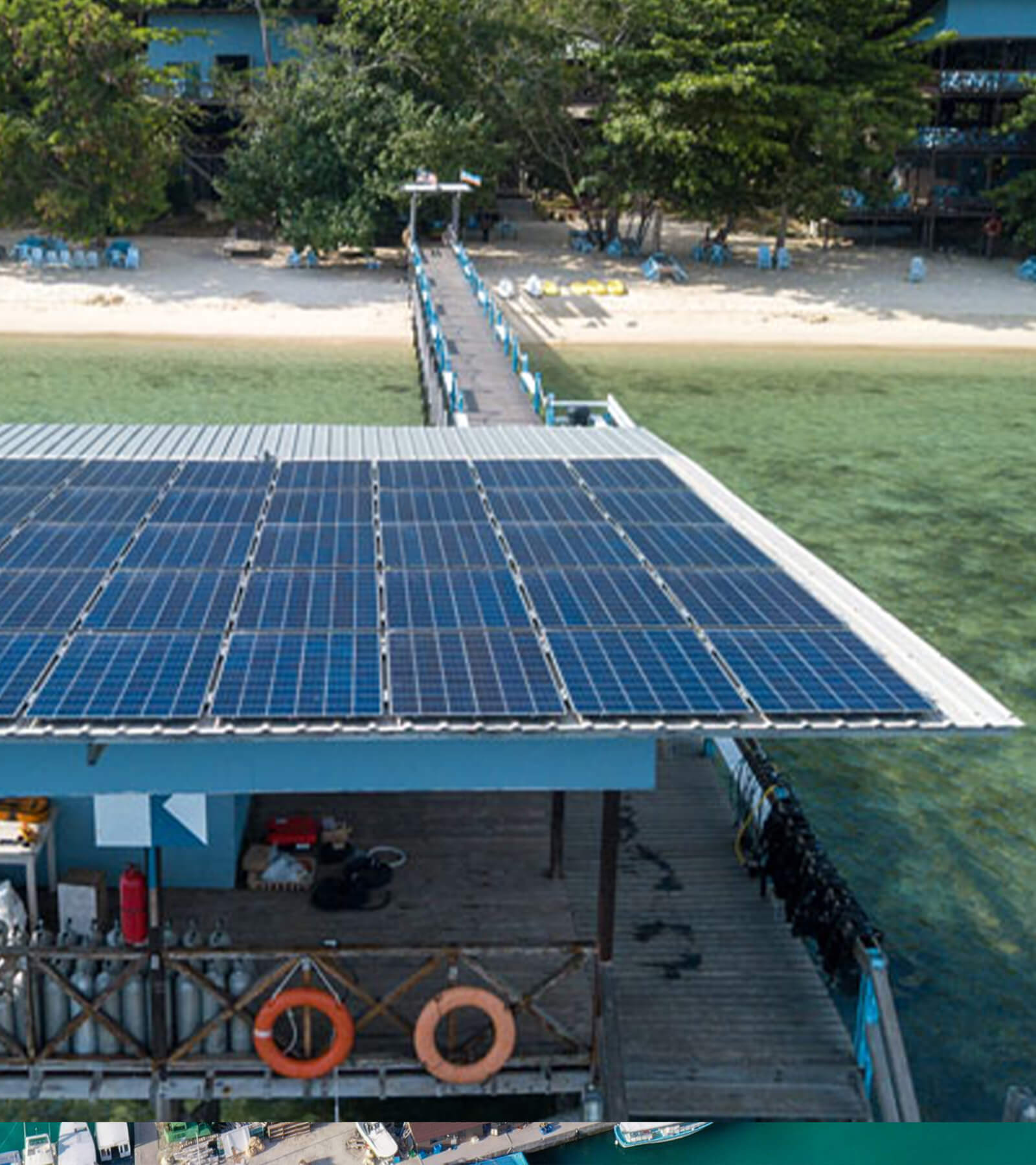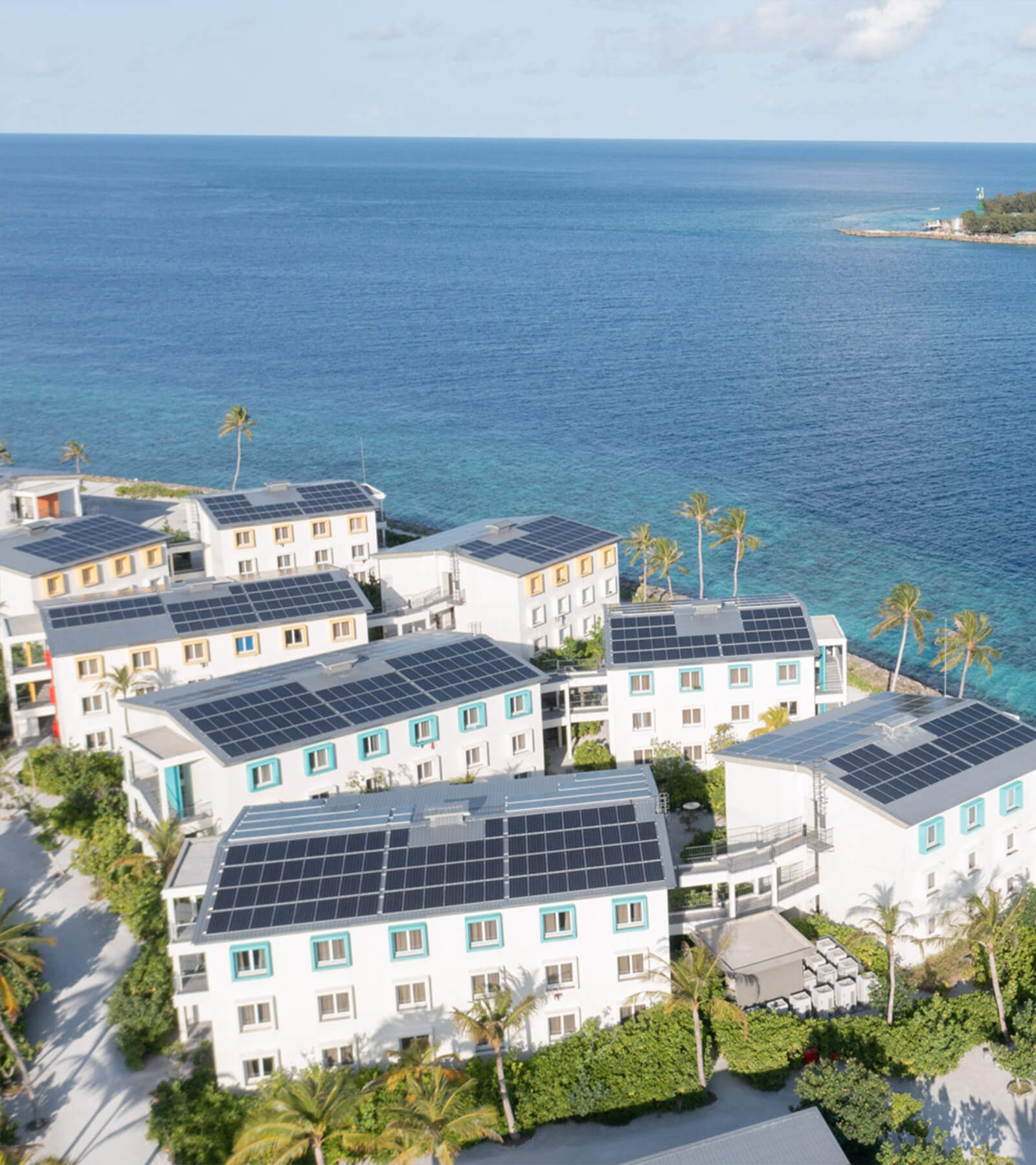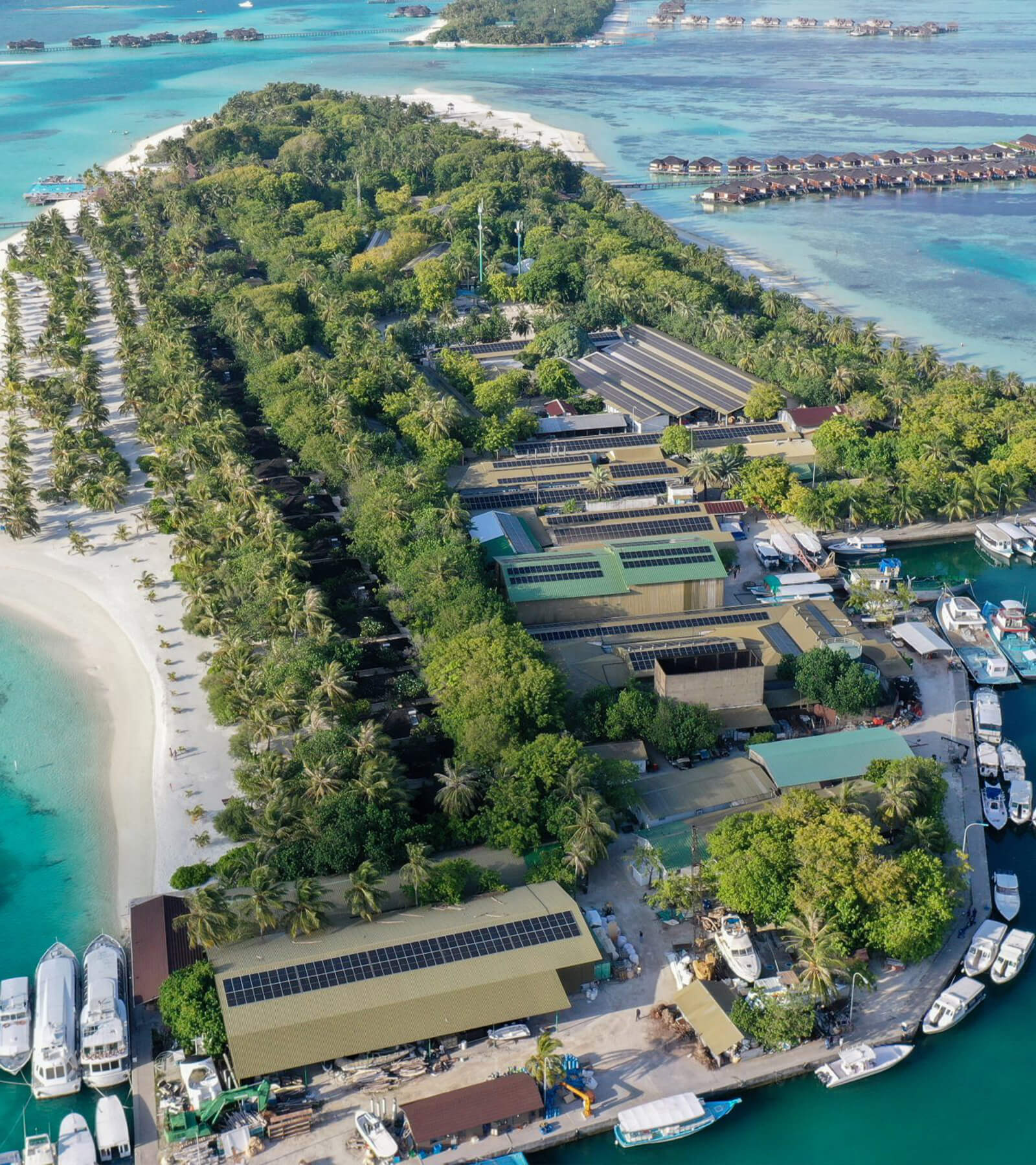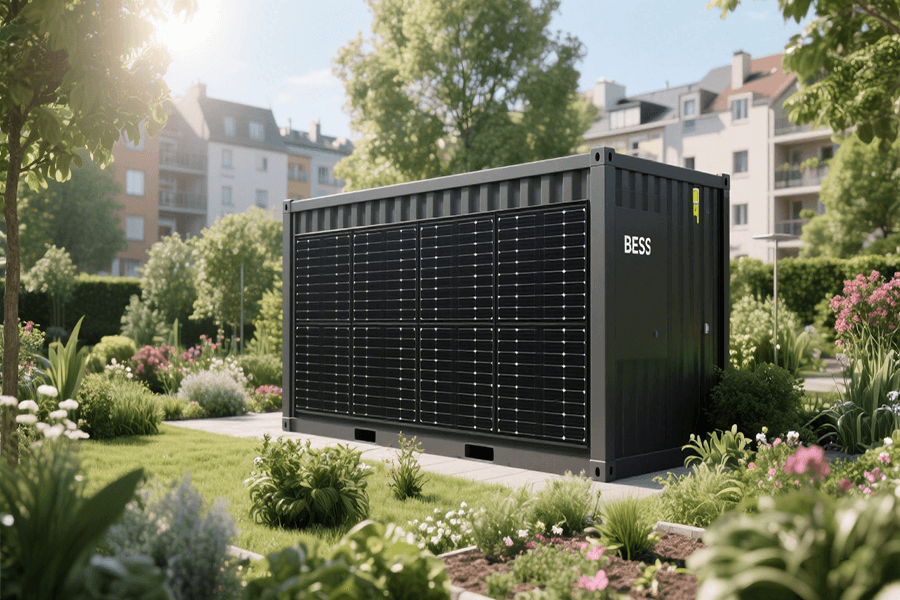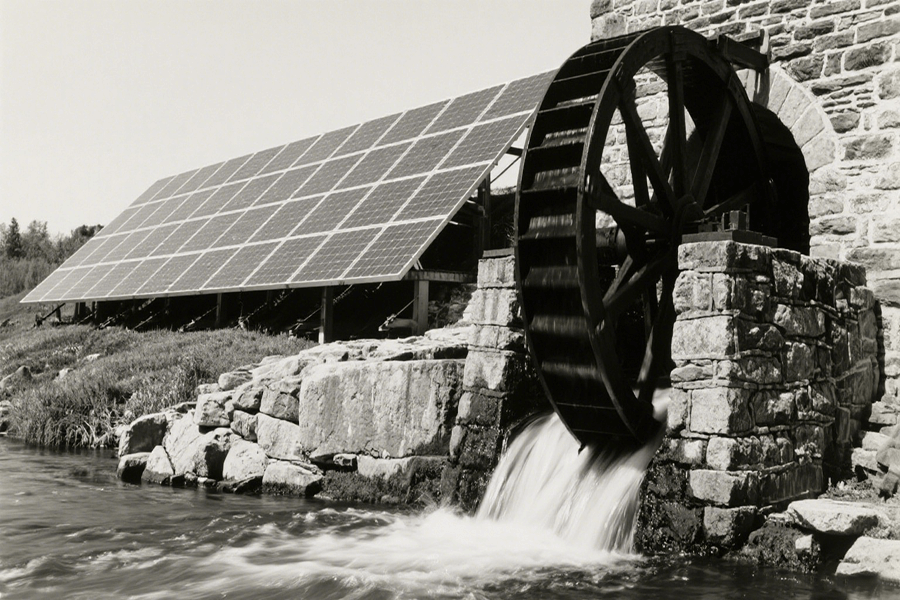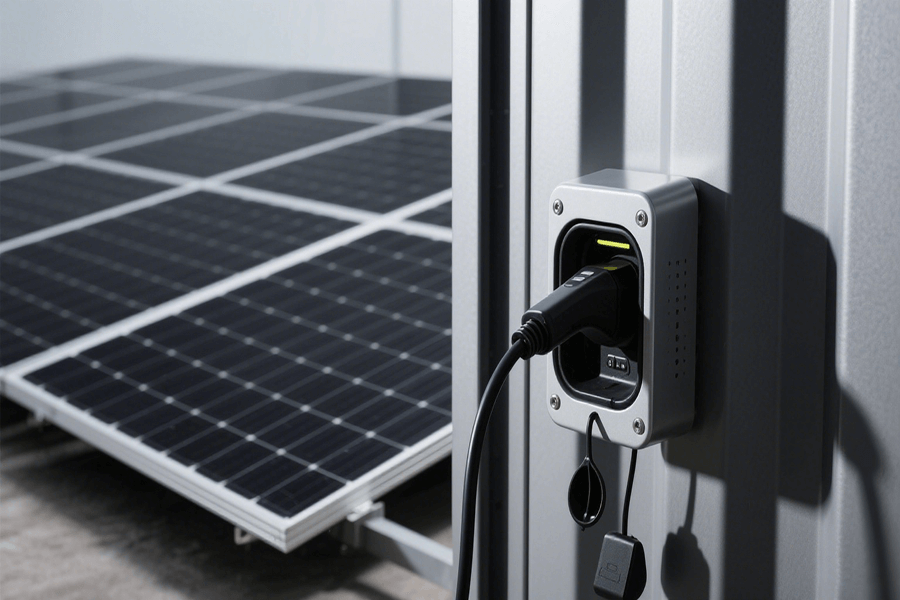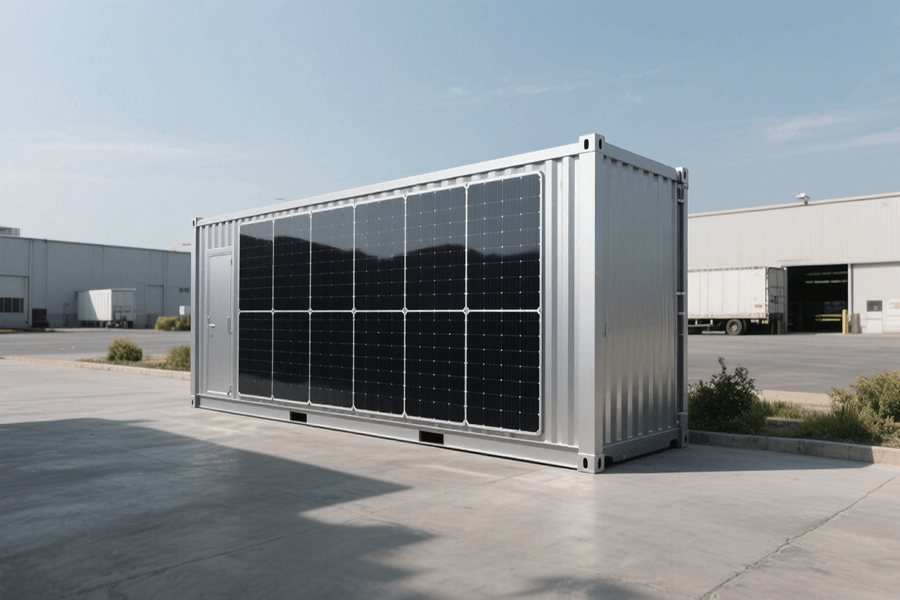How Many Solar Panels Are Needed for 100kW? This solar system can produce 100 kWh of electricity per hour under standard sunlight conditions. However, the number of solar panels required depends on several factors, such as the panel’s power rating, efficiency, location, sunlight intensity, and environmental conditions like temperature and humidity. This article will break down the required number of panels based on various panel wattages and conditions.
Conclusion
For a 100kW solar system, based on standard conditions, the number of required panels ranges from 182 panels to 233 panels. This estimate accounts for factors such as solar panel wattage, efficiency, location, and environmental conditions.
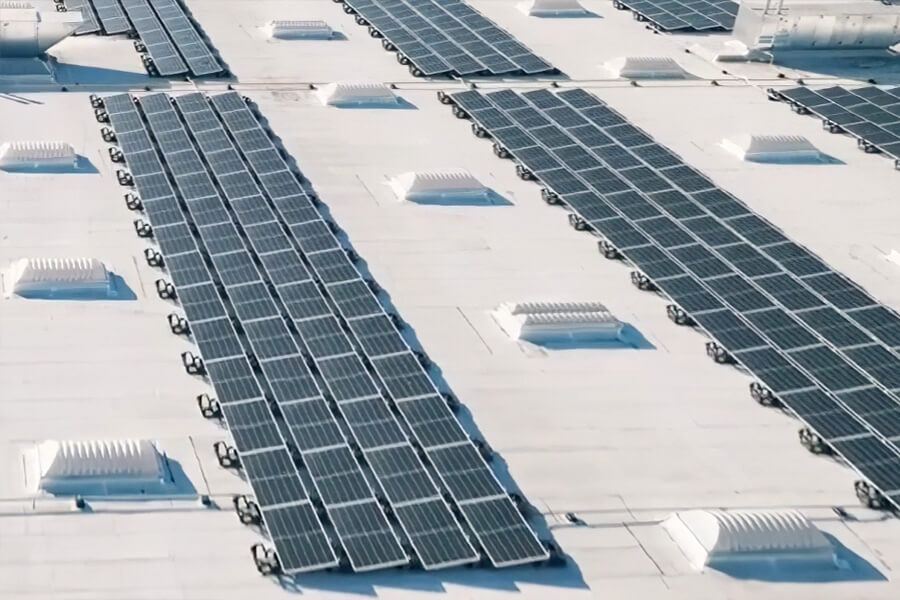
Required Number of Solar Panels
To calculate the required number of solar panels for a 100kW system, we consider different panel wattages. The following shows the number of panels needed for 450W, 500W, and 550W panels:
-
450W Panels:
100,000W÷450W/panel=223panels
-
500W Panels:
100,000W÷500W/panel=200panels
-
550W Panels:
100,000W÷550W/panel=182panels
Thus, the required number of panels ranges between 182 and 223 panels, depending on the panel’s wattage.
Impact of Panel Efficiency
Maxbo Solar (21% Efficiency)
Maxbo Solar panels provide 21% efficiency. Assuming 450W per panel, the required number of panels for a 100kW system is:
- 100,000W÷450W/panel=223panels
With 21% efficiency, we can reduce the number of panels by 5%-10%:
- 223panels×0.95=212panels
Thus, choosing Maxbo Solar 21% efficiency panels results in 212 panels.
Trina Solar (19% Efficiency)
Trina Solar panels offer 19% efficiency. The required number of panels is the same as for Maxbo Solar before efficiency is considered:
- 100,000W÷450W/panel=223panels
Since Trina Solar offers 19% efficiency, the number of panels required will be 5%-10% more:
- 223panels×1.05=234panels
So, if choosing Trina Solar 19% efficiency, the total number of panels required is 234 panels.
Q CELLS (20% Efficiency)
For Q CELLS panels with 20% efficiency, the required number of panels will be reduced compared to 19% efficiency panels:
- 100,000W÷450W/panel=223panels
With 20% efficiency, the number of panels can be reduced by 5%-10%:
- 223panels×0.95=212panels
Therefore, with Q CELLS 20% efficiency, 212 panels are required.
Impact of Location and Sunlight Intensity
Locations with higher sunlight intensity will result in more efficient solar panel performance, thus reducing the number of panels required. For example:
-
High Sunlight Areas (e.g., Southwest USA with 2000 kWh/kWp of annual solar radiation)
- In regions with high sunlight intensity, the system will generate more electricity, reducing the number of panels by 10%:
223panels×0.90=201panels
-
Low Sunlight Areas (e.g., Northern Europe with 1000 kWh/kWp of annual solar radiation)
- In regions with low sunlight intensity, the system will generate less electricity, so more panels are required, increasing the number by 20%:
223panels×1.20=268panels
Thus, in high sunlight areas, only 180-190 panels may be needed, while in low sunlight areas, 210-230 panels may be required to achieve the same output.
Impact of Temperature and Humidity on Efficiency
Temperature and humidity can affect solar panel efficiency:
- Temperature: High temperatures typically reduce the efficiency of solar panels, reducing output by about 5%-10%.
- Humidity: High humidity can lead to dirt buildup on panels, reducing efficiency by 5%-10%.
- Sunlight Intensity: Strong sunlight increases panel efficiency, while weak sunlight (e.g., in high-latitude areas) decreases efficiency by approximately 10%-20%.
Adjustment for Environmental Factors:
-
High Temperature & Humidity (Efficiency Decreases by 10%):
223panels×1.10=245panels
-
Low Temperature & Humidity (Efficiency Increases by 10%):
223panels×0.90=201panels
Example: Maxbo Solar 450W Panels in Southwest USA
Let’s assume Maxbo Solar 450W panels are used in Southwest USA, where the annual solar radiation is 2000 kWh/kWp, and the location has strong sunlight.
Calculate the Required Number of Panels:
- 100,000W÷450W/panel=223panels
In good sunlight conditions (2000 kWh/kWp radiation), 223 panels are required.
Considering Maxbo Solar Efficiency: Given Maxbo Solar 21% efficiency, the number of panels can be reduced by 5%-10%:
- 223panels×0.95=212panels
Considering Temperature Impact: Assuming higher temperatures, the efficiency may decrease by 10%:
- 212panels×1.10=233panels
Thus, in Southwest USA, with high sunlight and higher temperatures, 233 panels are needed.
Conclusion
The number of solar panels required for a 100kW solar system depends on various factors including the panel’s wattage, efficiency, and local environmental conditions. Typically, the number of panels needed ranges from 182 panels to 233 panels, depending on the choice of panel efficiency, sunlight intensity, temperature, and humidity.
Maxbo Solar offers high-efficiency panels (21%), reducing the number of required panels to 212. By selecting high-efficiency panels and considering the local environment, you can optimize your solar installation for maximum performance.
References:
- NREL (National Renewable Energy Laboratory): Provides global solar resource data and solar system efficiency based on regional sunlight intensity. Link: NREL Solar Resource Data
- PVGIS (Photovoltaic Geographical Information System): Provides solar radiation data and predictions for solar energy generation in different regions. Link: PVGIS
Email: [email protected]

